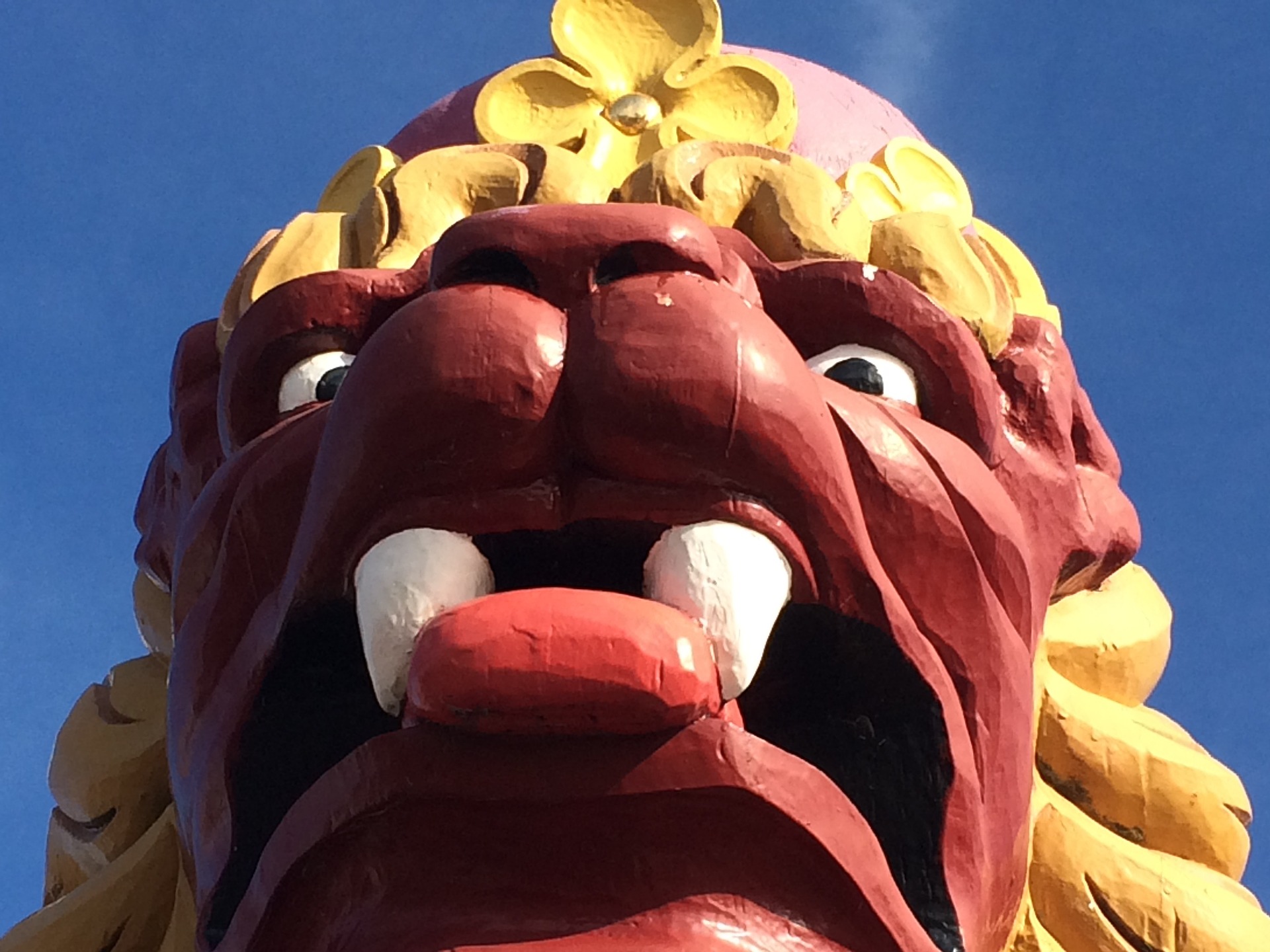Returning colonial-era heritage and the law – looking back to move forward

In the fall of last year, the Dutch Raad voor Cultuur has issued an advice on how the Dutch government and Dutch museums (and the broader public in the Netherlands in general) should deal with the continuing presence of colonial-era heritage in Dutch museum collections. The report constitutes a crucial step towards addressing the continued presence of colonial-era heritage in Dutch (and European) museums. It also raises a number of questions, in particular how do we go forward from here.
The report estimates the presence of hundreds of thousand objects in Dutch museums that were taken during colonialism. If we compare numbers from similar reports written on the French context, or the United States (colonial-era heritage of Native Americans, Native Hawaiians and other indigenous communities that remained in US museums and other institutions), this scale is neither surprising nor unprecedented. It may seem daunting to those unfamiliar with the context of returning colonial-era heritage, but we are addressing the legacy of roughly 500 years period of European colonialism. There is thus much to consider and returning heritage from Dutch museums to governments of former colonies (or communities) will take time.
Legal and ethical difficulties
The (legal) difficulties in returning colonial-era heritage are varied, they range from the absence of an international treaty (provision) that creates a right (and duty) to return objects across territorial borders, over the sheer time period that has passed (which for example makes establishing the origin and context of the original taking difficult) to the resources necessary to achieve this. On top of this, objects were taken under a variety of circumstances (for example during military expeditions or due to missionary collecting). All of this is set against a backdrop of historical wrongdoing and was facilitated by the law applicable at the time. What is more, its consequences reach into present time. This makes it even more important to think very carefully about how to proceed with returning colonial-era heritage. The report rightly underlines the importance of unconditional returns in this respect. We need to consider returns against this background of wrongdoing, and the potential impact of the object to the people who claim it in the present day. This includes not making a return conditional upon the existence of i.e. storage and display facilities.
One area that was overlooked for some time in connection to returning heritage, was the relationship between returning cultural heritage and human rights. The absence of cultural heritage in countries and communities of origin can also impairs the cultural rights of individuals and communities.
This holds true both for the large-scale absence of heritage as well as for the absence of particular items, notably sacred/ ceremonial heritage or cultural heritage that is of particular importance to a community. Rights in question include the right to take part in the cultural life (Art.15(1)(a) ICESCR), the freedom of religion (Art.18(1) ICCPR), right of a minority (and indigenous peoples) to enjoy its own culture (Art.27 ICCPR) and a large number of indigenous human rights standards (Arts.11, 12, 31 UNDRIP to name just a few). Returning cultural heritage to indigenous communities (often referred to as repatriation) can be one way to guarantee access and use of sacred cultural heritage, for example. Most recently, the Expert Mechanism on the Rights of Indigenous Peoples has similarly highlighted the importance of the repatriation of ceremonial objects (and human remains which thankfully are no longer classified as cultural heritage by a majority of institutions and countries) for human rights protection.
Lessons from existing return frameworks
There are thus a large number of existing and potential difficulties that a framework that governs the return of colonial-era heritage from the Netherlands to countries (or communities) of origin needs to consider and navigate. Fortunately, there are many examples out there from which we can learn, and the report itself has also made a number of important points in this regard. In general, we can observe that frameworks that govern the return of colonial-era heritage have existed for 20-30 years in countries such as Canada and the United States for example. We can learn much from these cases, both in terms of the value of consulting and cooperating respectfully with the claimants as well as in terms of how we choose to define heritage, and how we seek to connect the cultural heritage that is being reclaimed to the claimant country or community. Repatriation of Sacred Indigenous Cultural Heritage and the Law – Lessons from the United States and Canada develops guidelines how museums can better align their frameworks with contemporary human rights standards and synthesizes possible repatriation models and good practices from existing examples.
It is clear, however, that much work still needs to be done in dealing with colonial-era heritage in our collections. The most recent report in the Netherlands constitutes an important step in this direction. It is up to all of us now (not only our museums) to take up this call and take the next step.
| More blogs on Law Blogs Maastricht |
Other blogs:
Also read
-
About a year ago, this blog published my contribution “Let us not forget about EU fundamental rights,” which addressed the situation at the EU’s external borders. At the time, the decision of the ECtHR in the case of N.D and N.T v. Spain, was heavily criticised for failing to protect the right to...
-
The debate around the universality of human rights is legitimate and long-lasting. While most people instantly think of cultural and religious relativity, invoking the sharia and indigenous traditions as obstacles to universality, new forms of questioning universality - and even human rights in...
-
Over the past decades, universality as the cornerstone of human rights has been constantly challenged by non-western societies. Legitimacy and western political hegemony intent are the underlying grounds. In the battle between universality and cultural relativism, which one should prevail?


